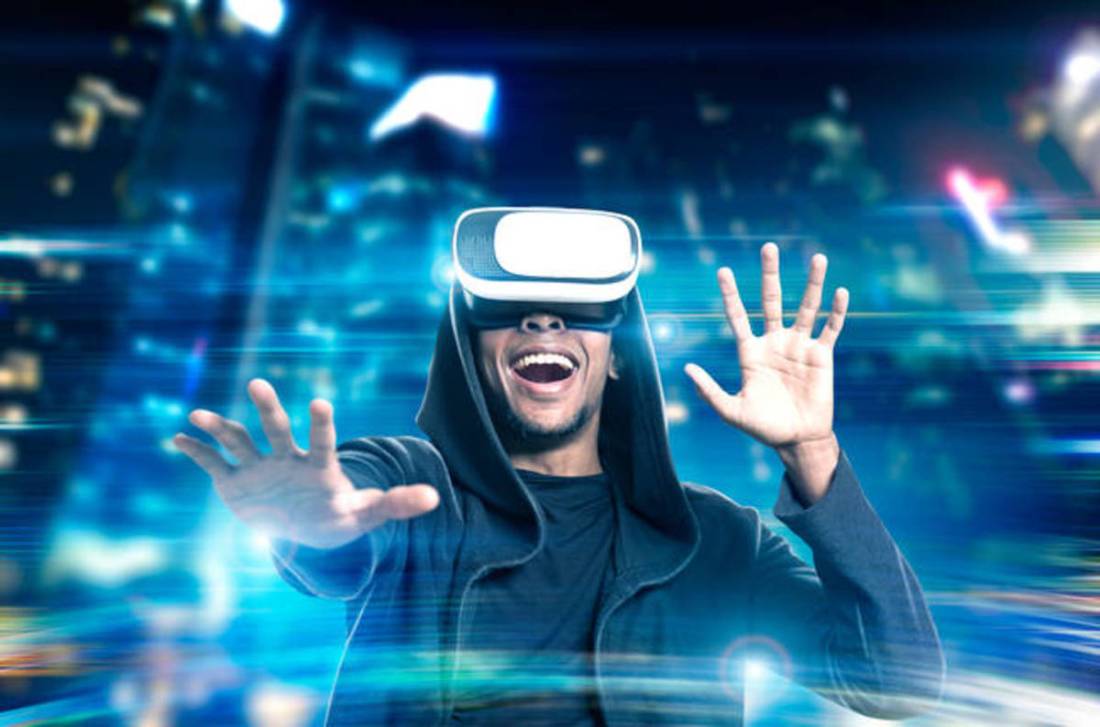The areas I will be covering in this include; Human Computer Interaction (HCI), User Experience (UX), Heuristics (Usability) and Inclusive Design.
HCI
Human Computer Interaction (HCI) looks at the way in which computers interact with humans. As time has passed, the ways in which interaction can take place has changed significantly. For example, when the graphical user interface (GUI) became popular in the 1980’s it revolutionised the way humans could interact with a terminal or computer. That’s because before the GUI came about, our main method for interacting with the computer was via actual programming languages such as Java. For the non-expert users, this proved to be a real challenge. The GUI intorduced icons which could be selected with a mouse. It was simple and opened computers to more people. Nowadays, interaction with computers is even more simple. Voice commands and body motions can now be used to control ‘intelligent’ computer systems. If we even take a look at the voice technology for a moment, it is plain to see how voice technology has developed since 4th October 2011. Why that date? Well, on that day, Apple launched the iPhone 4S with a beta version of Siri, the voice commanded assistant who lives within your phone. The services Siri could fulfill in the beginning were primative to say the least; weather, time and the off joke! Apple only really began to focus on Siri’s intelligence from 2016. As of writing this, Siri can set alarms, send messages to people, take notes, set reminders and play music to name a few things.

Voice command software like Siri has revolutionised HCI. It has made life easier particularly for those who have certain disabilities. Looking forward to more recent days, virtual reality technology has broken into the common market and is being distributed to a wider audience through already popular channels such as Microsoft and Sony.

Headsets like those in Fig. 2 have been growing in popularity amongst gamers due to the immersive feel they provide. This is key HCI, the human has reached a point (or almost reached a point) where distinguishing between reality and the virtual world is impossible. In this instance, the user forgets as such that there are any computers involved. I think this the ultimate aim of HCI development. There is a question as to whether virtual reality is a good thing. It could (not saying it will) lead to greater social isolation and a lack of basic life skills. I do however believe that as HCI is researched and devices are developed accordingly, we will reach a stage where technology will be used for a greater number of tasks and will ultimately benefit humanity, provided we keep regulations in place (no terminator cases!).
UX
User Experience design challenges a designer to examine who is actually using their app or device (the user), identify frustrations with the device or app, establish how such frustrations could be removed through testing solutions. Prototyping is a very important process in UX as any designer would tell you. That process of creating a solution, giving it to the user, receiving feedback and then creating another solution is important. It lets the end user feel involved in the creative process but it also gives the designer a chance to improve their own skills. Nowadays UX is taken into account so much so that the majority of new websites, apps and devices would have undergone months upon months of rigourous UX design.
Heuristics
Another important aspect of design is whether or not a device is usable in accordance with a set of heuristics or standards.

The man in Figure 3 above is Jakob Nielsen. He set out ten heuristics he said should be followed when it came to evaluating the usability of a device. Without listing all of them, they were pretty important and made sense. For instance, instead of having good error messages, we should have a good system that prevents errors in the first place. Likewise, a system should communicate with the user in human language and use terminology humans can understand as opposed to computer language and references. Again, when you think about it, heuristics are a vital part of design. They can underpin what makes a system or computer work. I feel heuristics can be developed by listening to user feedback. For instance, Ben Shneiderman highlights the fact that users want to feel in control of the interface. They want to feel as if it is responding to them. They do not want repetitive data entries or any tedious unneccessary tasks.
Inclusive Design
Designers nowadays are taking into account inclusivety more than ever. Inclusive design takes into account those with disabilities but does not seperate them from those without disabilities. In other words, devices or applications that are designed, can be used by anyone regardless of their situation. Whilst I agree with the idea of inclusive design, it is important that designers really try to remain as open to everybody as possible. For instance, someone who cannot speak or move their arms is left speechless with voice command technology. A prime example is the late Professor Stephen Hawking. His ALS disease left him paralysed, unable to speak or move except for a few small facial muscles. Technology was developed that allowed him to use his facial muscles to select words on a screen that would then be spoken out using a computerised assistant. That is a real life example of inclusive design, perhaps at its extreme.